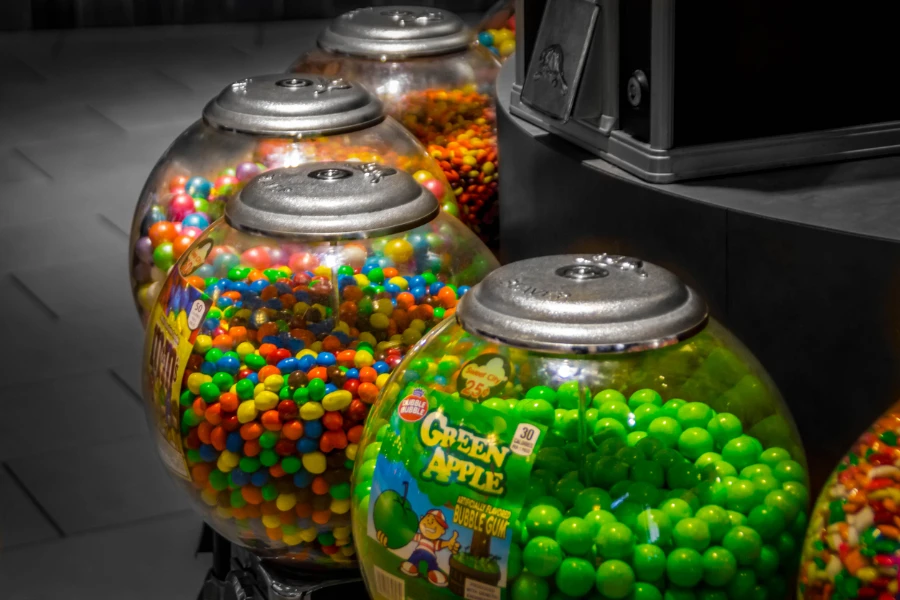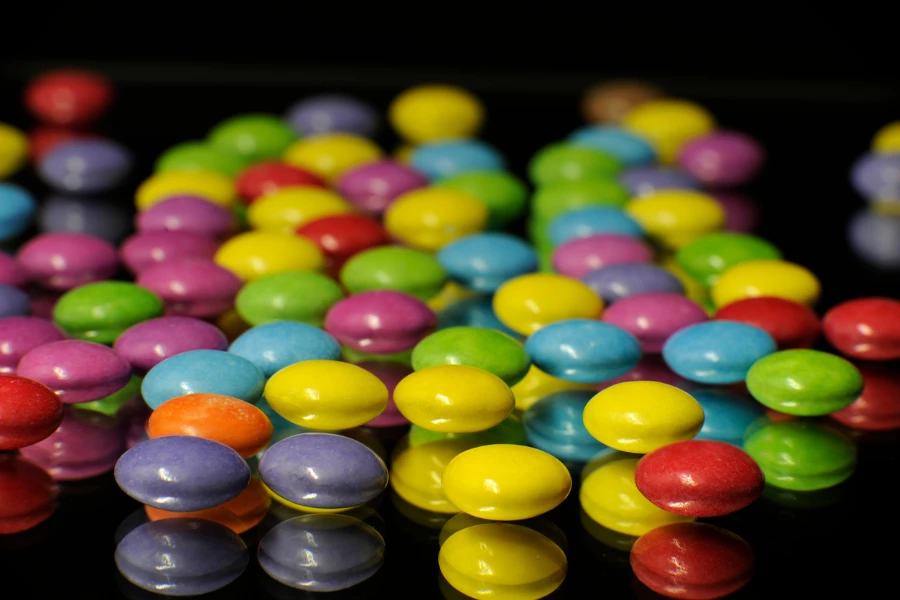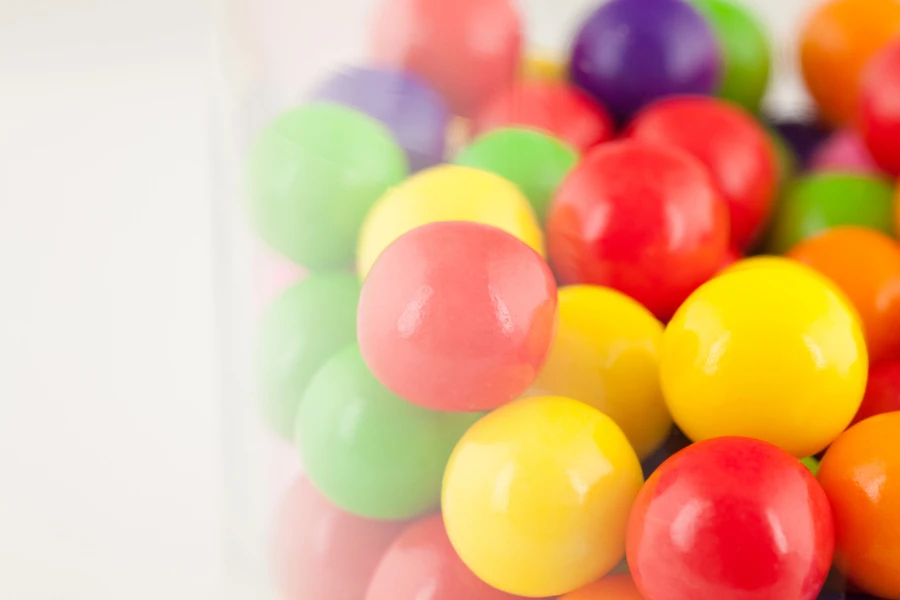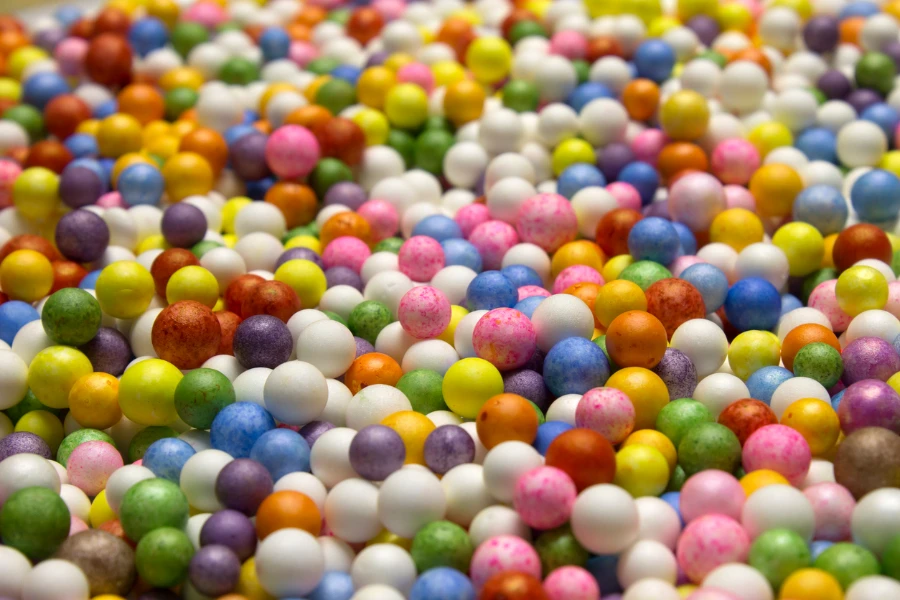Gumballs are not just a childhood delight; they’re a fascinating study in small-scale mechanical distribution. These vibrant, chewy spheres go beyond mere confectionery to represent a unique intersection of food science and mechanical design. This article explores the intricate details of gumballs, how they work within their machines, the best practices for using them, their cost, and the top choices available on the market.
Table of Contents:
– What is a gumball?
– How do gumballs work in a machine?
– How to use gumballs in a gumball machine
– The cost of gumballs for a gumball machine
– Top gumballs for gumball machines
What is a gumball?

Gumballs are more than just a sugary treat; they are a product of intricate manufacturing processes designed to produce a durable, yet chewable, product. The traditional gumball is made from a mixture of gum base, sugars, corn syrup, flavorings, and colorings. This mixture is heated until it reaches a malleable consistency, then formed into spherical shapes and coated with a hard, shiny glaze. The glaze not only adds to the gumball’s appeal but also serves as a protective barrier, keeping the gum fresh and chewable for an extended period.
The production of gumballs is a fascinating blend of culinary art and chemical engineering. The gum base itself is a complex mixture of natural and synthetic elastomers, resins, fats, emulsifiers, and waxes. This combination is key to achieving the perfect chewiness and longevity of the gum. Moreover, the precise balance of ingredients and the controlled cooking and cooling processes ensure that each gumball has a consistent size, flavor, and texture, crucial for their proper function in gumball machines.
Gumballs come in a variety of sizes, typically ranging from about 13mm to 25mm in diameter. This size variation allows them to be used in different types of gumball machines, from small, home-use models to larger, commercial-grade units. The color and flavor assortments are virtually limitless, with manufacturers continually innovating to produce new and exciting varieties to attract consumers of all ages.
How do gumballs work in a machine?

The operation of a gumball in a machine is a simple yet ingenious application of mechanical principles. Gumball machines are designed to dispense a single gumball in exchange for a predetermined amount of money, typically a coin. The core mechanism involves a rotating wheel or dispenser that captures a gumball from the storage chamber and releases it into the chute for the customer to retrieve, all triggered by the insertion and turn of a coin.
The design of gumball machines varies, but most operate on the principle of gravity feeding. Gumballs are stored in a clear, often globe-shaped upper compartment, allowing gravity to feed the gumballs into the dispensing mechanism at the bottom. When a coin is inserted, it unlocks the dispenser, allowing it to turn. As the dispenser rotates, it aligns with an opening in the storage compartment, capturing a gumball and guiding it towards the machine’s exit.
The precision in the design of the dispensing mechanism is crucial. It must be sensitive enough to operate with a single coin insertion yet robust enough to prevent jamming or multiple gumballs from being dispensed at once. This requires careful calibration of the dispenser’s size and rotation angle, as well as the use of durable materials to withstand repeated use.
How to use gumballs in a gumball machine

Using gumballs in a gumball machine involves more than simply filling the machine with gumballs. First, it’s important to ensure that the gumballs are the correct size for the machine. Using gumballs that are too small could lead to multiple undesired dispenses, while too large gumballs might not dispense at all or could jam the machine.
Once the correct size is confirmed, the machine should be opened according to the manufacturer’s instructions, typically by unlocking and removing the top or back. The gumballs are then poured into the storage chamber, taking care not to overfill. Overfilling can pressure the dispenser mechanism, potentially causing jams or affecting the machine’s operation.
After filling, it’s crucial to test the machine with a few coins to ensure that it dispenses correctly. This testing phase allows for any necessary adjustments to the dispensing mechanism, ensuring that each coin turn results in a single gumball being released. Regular maintenance, such as cleaning the chute and checking for wear and tear on the dispenser, will keep the machine operating smoothly.
The cost of gumballs for a gumball machine

The cost of gumballs for a gumball machine can vary widely depending on several factors, including the size, flavor, and quantity of gumballs purchased. Generally, bulk purchases tend to offer the best value, with prices decreasing as the quantity increases. For example, a bulk purchase of standard 1-inch diameter gumballs might cost anywhere from $0.02 to $0.05 per gumball, depending on the quantity and quality.
Specialty gumballs, such as those with unique flavors, colors, or filled centers, may cost more due to the additional manufacturing processes involved. Additionally, organic or all-natural gumballs, which are made without artificial colors or flavors, can also command a higher price.
When purchasing gumballs for a commercial gumball machine, it’s important to consider the return on investment. The retail price per gumball dispensed typically ranges from $0.25 to $1.00, offering a substantial markup. However, factors such as the machine’s location, foot traffic, and the appeal of the gumballs offered will significantly impact sales and profitability.
Top gumballs for gumball machines

Choosing the top gumballs for a gumball machine largely depends on the target audience and location of the machine. Classic, brightly colored gumballs in popular flavors such as cherry, grape, and orange are perennial favorites that appeal to a broad audience. These traditional options are not only visually appealing but also offer the familiar taste that many consumers expect from a gumball machine.
For those looking to offer something different, gourmet gumballs in exotic flavors or with surprise fillings can attract attention and encourage repeat business. These premium options can provide a unique selling point, setting a machine apart from others in the area.
Another consideration is the trend towards healthier snacking options. Gumballs made with natural ingredients and without artificial colors or flavors can cater to this growing market segment. While these gumballs may come at a higher cost, they can appeal to health-conscious consumers or parents looking for better choices for their children.
Conclusion:
Gumballs for gumball machines represent a fascinating intersection of culinary science and mechanical engineering, offering a simple yet delightful experience to consumers. Understanding the types of gumballs available, how they work within their mechanical confines, how to use and maintain them, their cost, and the top choices on the market can help anyone from a novice to a seasoned vending machine operator make informed decisions. Whether it’s sticking with classic flavors or exploring gourmet or healthier options, there’s a gumball out there to fit every taste and vending machine.




